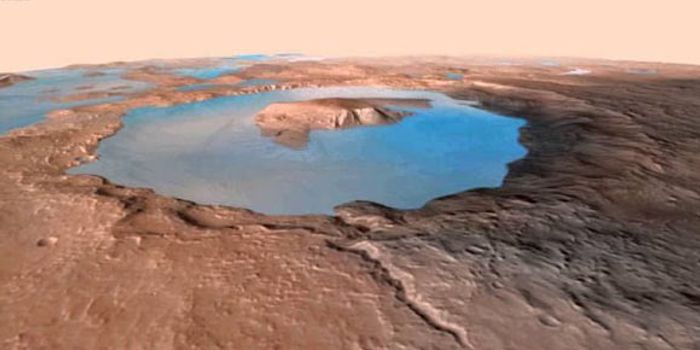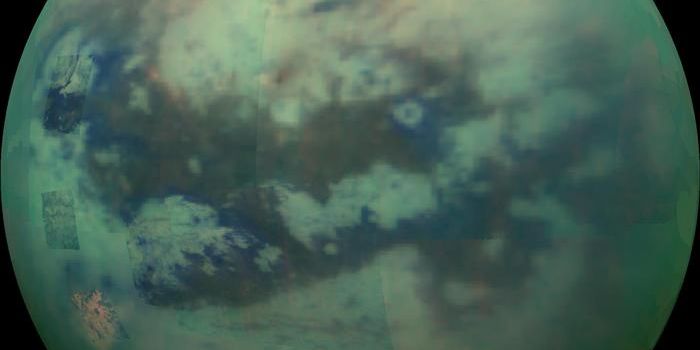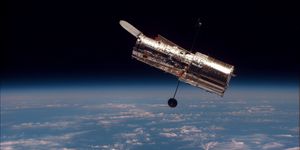Using Water to Estimate Universe's Temperature ~13 billion Years Ago
Astronomers are often looking for various ways to uncover secrets from the very early Universe, which is now approximately 13.8 billion years old. Soon after the big bang, the electromagnetic radiation escaped and propagated in all directions with the expansion of the Universe. Due to the expansion, this radiation had been cooling with time such that the temperature of the radiation today is about 2.7 K, just above absolute zero. This temperature corresponds to the microwave part of our electromagnetic spectrum; therefore, this leftover radiation is called the cosmic microwave background (CMB). In other words, it is the leftover radiation from the very young Universe.
Usually, based on the standard model for the Universe, the temperature of CMB almost linearly decreased with time, but these estimates are model dependent, therefore, should be used with caution.
Recently, in an article published in the Nature Journal, a research team led by Dr. Dominik Riechers developed a model-independent method to find the temperature of CMB at a redshift, z= 6.38, which corresponds to about 12.9 billion years ago. This method used water molecules for this measurement, which were found in the microwave spectrum of a massive star-forming galaxy called HFLS3 at redshift, z=6.38. A deep absorption feature at 76 GHz was found corresponding to ortho-water ground state transition, I10-I01. At this redshift, CMB which was much warmer than today excited the water molecules to populate the higher energy levels.
The intense infrared radiation field from the starburst galaxy on the other hand particularly de-excites the I10 molecules via radiative pumping, creating a deficit of I10 as compared to I01 level, against the thermal distribution. This leads to a lower excitation temperature for water molecules as compared to the CMB. This effect is visible in the form of an absorption line corresponding to water molecules at 76 GHz. The depth of this line depends on the temperature of the CMB at that redshift. A warmer CMB temperature would excite more water molecules, producing a deeper absorption line. The investigators calculated the CMB temperature in this case to be 16.4-30.2 K, which is consistent with the standard model of Universe estimation (20 K).
Source: The Nature Journal, Physics Today








